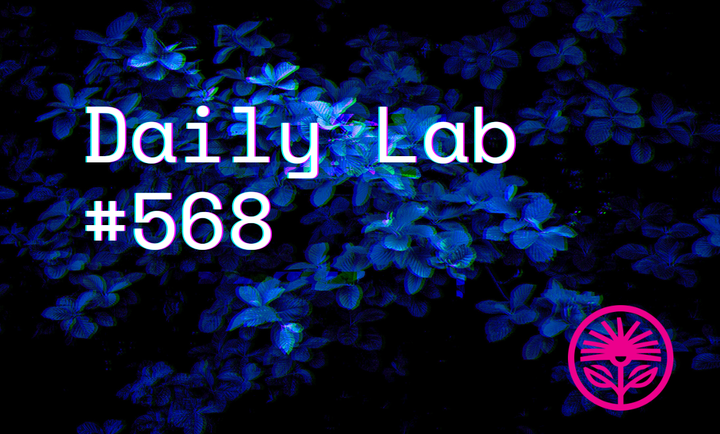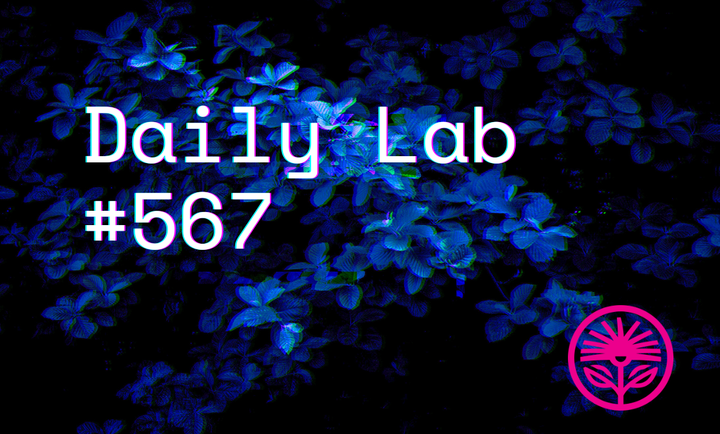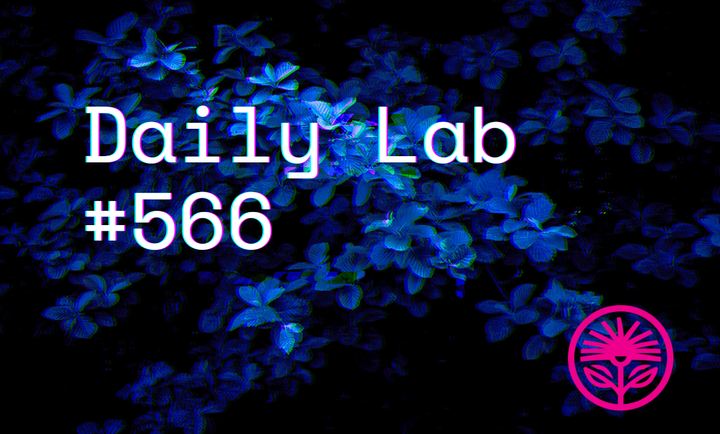What does your content eat? — Kelford Labs Daily
Your content is hungry.

“A podcast has to eat something.”
That’s what CGP Grey, the popular podcaster and educational YouTuber, said on the latest episode of his Cortex podcast.
I listened to it over the weekend and, as soon as I heard him say that, I had to go scribble down some notes for this newsletter (even though I told myself I wasn’t going to work).
His idea is that, for a podcast to be sustainable for the long-term, both for the hosts and the audience, “There’s basically three choices of what a podcast can eat.”
“A podcast can eat the news.” You can make a show that’s all about what’s happening today, what’s in the news and in pop culture.
“A podcast can eat guests.” You can bring on other people to provide new inputs into your show and the podcast can live off of those guests.
“Or the podcast can eat the lives of the hosts.” Your life becomes, in part, about creating inputs for the podcast and vice versa.
For Cortex, the hosts proudly claim that the podcast has eaten their lives. They spend way more time making, learning about, and discussing productivity tools and workflows than they ever would if they didn’t have the show.
But they like it, so it works.
So, while I was supposed to be relaxing and getting ready for a busy week, my mind started spinning on how this applies to my own marketing content.
My content can eat “the news”: I can do analysis and timely breakdowns of what’s happening in my industry, sector, or market.
My content can eat my clients: I can make content that’s inspired by the work I do and that can influence how I work.
Or my marketing content can eat my experience: I can make content that’s rooted in my process, my techniques, my education, and my hard-won lessons.
Like a podcast, though, marketing content is hungry. To be sustainable, enjoyable, and valuable for the long-term, it has to stay fed.
So if I decided to make content about the news of the day, I’d have to keep feeding it fresh news.
But the same is true for clients and experience: For my content to stay engaging, interesting, and valuable, I’d have to keep feeding it new clients or new experiences.
If I kept going back to the same well without ever refreshing or refilling it, I’d run out of things to say and my readers would run out of curiosity or interest.
So what does my content eat? It eats my clients and my learning and practice.
What I learn from consulting I turn into content, and what I learn by creating content I turn into consulting. And what I learn to get better at both (by reading, studying, and being coached) feeds them, too.
I really wouldn’t be able to write this newsletter every day if I didn’t have those clients, and if I didn’t do that learning.
But, interestingly enough, the opposite is true, too. If I didn’t do this newsletter, I wouldn’t have those clients and I wouldn’t have the incentive to learn.
I’m expressly choosing to not feed it news, though (beyond large, expansive topics like AI or changing contexts). For me, my content is healthier and more sustainable when I feed it timeless experiences and lessons, rather than timely trends or hot takes.
But I think this is the important bit:
I can’t just feed my content once and walk away, and expect it to stay full.
I have to keep feeding it with novel inputs, new information, new insights and examples and experiences.
Notice, for instance, that my marketing content ate that episode of Cortex, which gave it the energy and inputs necessary to make this very newsletter.
So that’s the question to leave you with today.
If your marketing content is struggling, slipping, or getting stale, I have to ask: Are you feeding it?
And what are you doing to keep it fed?
Reply to this email to tell me what you think, or ask any questions!
Kelford Inc. shows experts the way to always knowing what to say.



